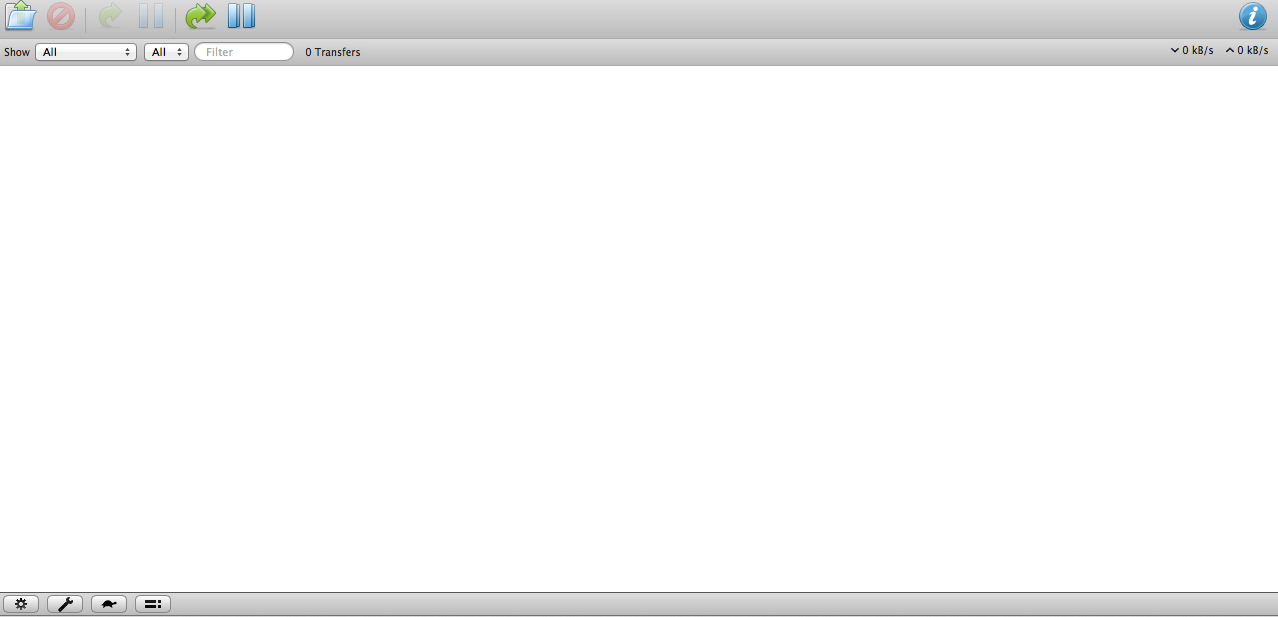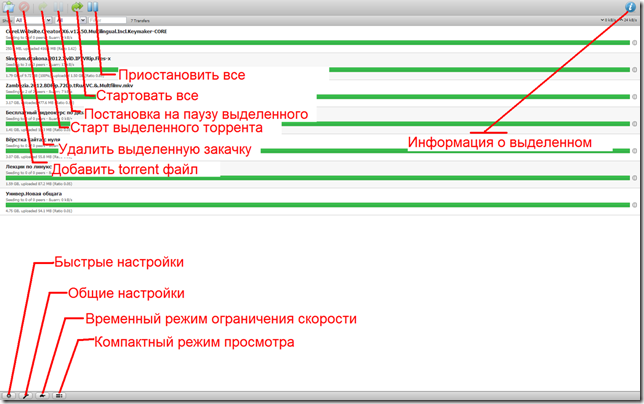
- #Cant install transmission torrent client osmc how to#
- #Cant install transmission torrent client osmc apk#
- #Cant install transmission torrent client osmc install#
- #Cant install transmission torrent client osmc download#
#Cant install transmission torrent client osmc download#
we need to download a torrent file then make it download.
#Cant install transmission torrent client osmc install#
But one common thing i found was, even after you install multiple torrent clients, a magnetic link will not get opened by any torrent client as soon as you install it. We can install qbittorrent, vuze, Deluge, Ktorrent etc. In ubuntu (most popular linux distribution by canonical), and in most of the linux distos "TRANSMISSION" is the default torrent client. Currently up to compose version 2 is supported and if we do it externally like in the example we cannot pull/update the stack through the portainer gui,but we can still manage containers belonging to our compose stack individually.( Update:Read comments)įor Compose to take over and manage the specific containers, we need to stop and remove these containers, but it is not necessary to remove their respective images.Usually while downloading files via torrent, we download a torrent file, open it with torrent clients such as utorrent, bittorrent, transmission and others. We need to check the indentation of the lines we pasted.Īdditionally i added portainer configuration which is an awsome gui for managing our containers,check stats and create docker compose setups. If there is an error message similar to this:ĮRROR: In file ‘./docker-compose.yml’, service must be a mapping, not a NoneType To check that the file is readable by Compose do: docker-compose config

YAML is indentation dependent so be careful.When editing in notepad++ for example, tab is a no go, just use spaces. var/run/docker.sock:/var/run/docker.sock Since this article builds on the previous posts we’ll use the same example options.Copy the following lines and change accordingly: version: '3' Go to the /home/dockeras directory and create and edit docker-compose.yml: sudo nano docker-compose.yml Configuration of docker-compose.ymlĪfter installing docker Compose and verifying it is working we can create the docker-compose.yml file that contains our containers configuration. Now we can run docker Compose commands with the proper format. Run the test command again but this time like debian: docker-compose -v Reload the shell configuration: source ~/.profile Save and exit,now there should be a hidden file. These options are required for Compose to recognise the docker-compose.yml file we are going to setup later or it will throw errors.Also for the time being it seems that you can not use the -f flag effectively when Compose is installed as a docker image, so commands will have to be run from the directory the docker-compose.yml file resides. portainer, or in our case docker Compose that will in essence claim docker actions for the apps we’ll specify later on.The -v and -w options specifies the temporary host and internal dirs respectively to store and access data. It tells the container to use the unix socket of the docker daemon,something we include in containers that need to do stuff with the docker daemon of our host like monitor/manage docker containers e.g. With this alias every time we execute the command docker-compose a container with the specific options will be run. v /var/run/docker.sock:/var/run/docker.sock \ The shell used by Alpine is ash.We will create an alias specific to the user dockeras by creating a file and adding the following lines in /home/dockeras/ directory: nano ~/.profile echo alias docker-compose="'"'docker run -rm \

Additionaly we use the –rm option which removes the container after running it or else we’ll end up with needless docker containers each time we execute the command. This can become tedious so we will create an alias to make Compose execution similar to the normal installation method. Test that it is working: docker run -rm docker/compose:1.23.2 -vĪs you can see we executed docker Compose using a docker command. On Alpine there is no package for docker Compose and following the official guide for installing on Linux will not work.So we will install docker Compose as a docker container.ĭownload the script: sudo curl -L -fail -o /usr/local/bin/docker-compose
#Cant install transmission torrent client osmc apk#
Per Ponyo Dogg’s comment the package is now included on Alpine so we can just run: apk add docker-compose


Test that it is working: docker-compose -v Install Docker Compose on Alpine The script is downloaded in /usr/local/bin/ and we need to make it executable: sudo chmod +x /usr/local/bin/docker-compose Substitute 1.23.2 with the current Compose version, check latest version here and skip the RC versions. In debian installation is straighforward.Download the script: sudo curl -L "$(uname -s)-$(uname -m)" -o /usr/local/bin/docker-compose The whole process involves installing docker Compose and creating a yaml file that contains the parameters of the containers.
#Cant install transmission torrent client osmc how to#
Continuing from how to install sonarr radarr and jacket with docker, we’ll see how to combine the three services into a docker stack.With docker Compose we will be able to update the docker images and run the respective containers with a single command.


 0 kommentar(er)
0 kommentar(er)
